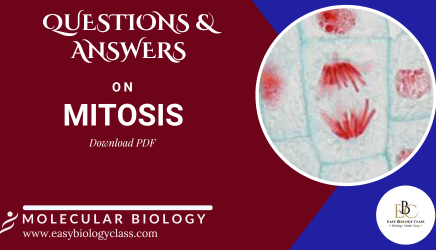
Mitosis Questions and Answers PDF
Mitosis is a type of cell division that results in two genetically identical daughter cells, each containing the same number of chromosomes as the parent […]

Mitosis is a type of cell division that results in two genetically identical daughter cells, each containing the same number of chromosomes as the parent […]
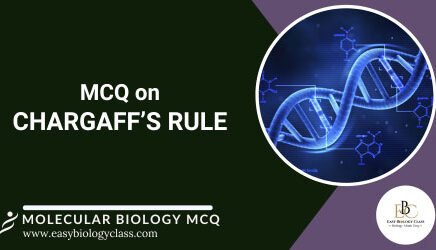
Chargaff’s rule is a key principle in molecular biology, stating that in DNA, the proportion of adenine (A) always equals that of thymine (T), and […]

DNA ligase is an essential enzyme that facilitates the joining of DNA strands by catalyzing the formation of phosphodiester bonds between adjacent nucleotides. It plays […]
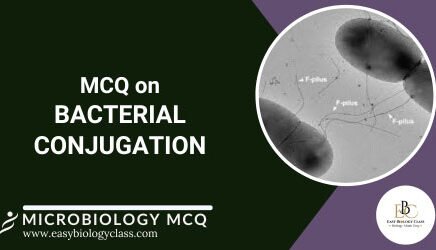
Bacterial conjugation is a process where one bacterium transfers genetic material to another through direct contact. A donor cell with a plasmid forms a pilus […]

A restriction enzyme, or restriction endonuclease, is a protein produced by bacteria that cuts DNA at specific sequences, known as recognition sites. These enzymes serve […]
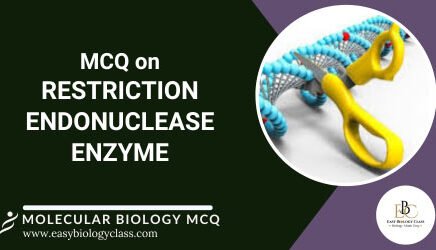
Restriction endonucleases, or restriction enzymes, are proteins that cut DNA at specific recognition sequences, usually palindromic. Found naturally in bacteria, they serve as a defense […]

Chromatin immunoprecipitation Assay or ChIP Assay is a technique to study the protein–DNA interactions within the cells. This technique is essential for identifying whether particular […]

Ribozymes, or ribonucleic acid enzymes, are RNA molecules capable of catalyzing specific biochemical reactions, such as RNA splicing during gene expression, in a manner similar […]
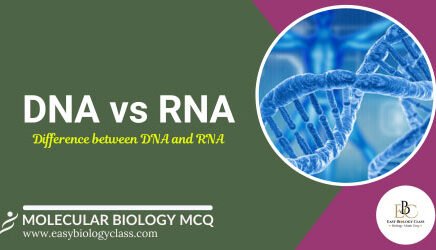
Deoxyribonucleic acid (DNA) and ribonucleic acid (RNA) are essential nucleic acids in biological systems, performing critical roles in the storage, transmission, and execution of genetic […]